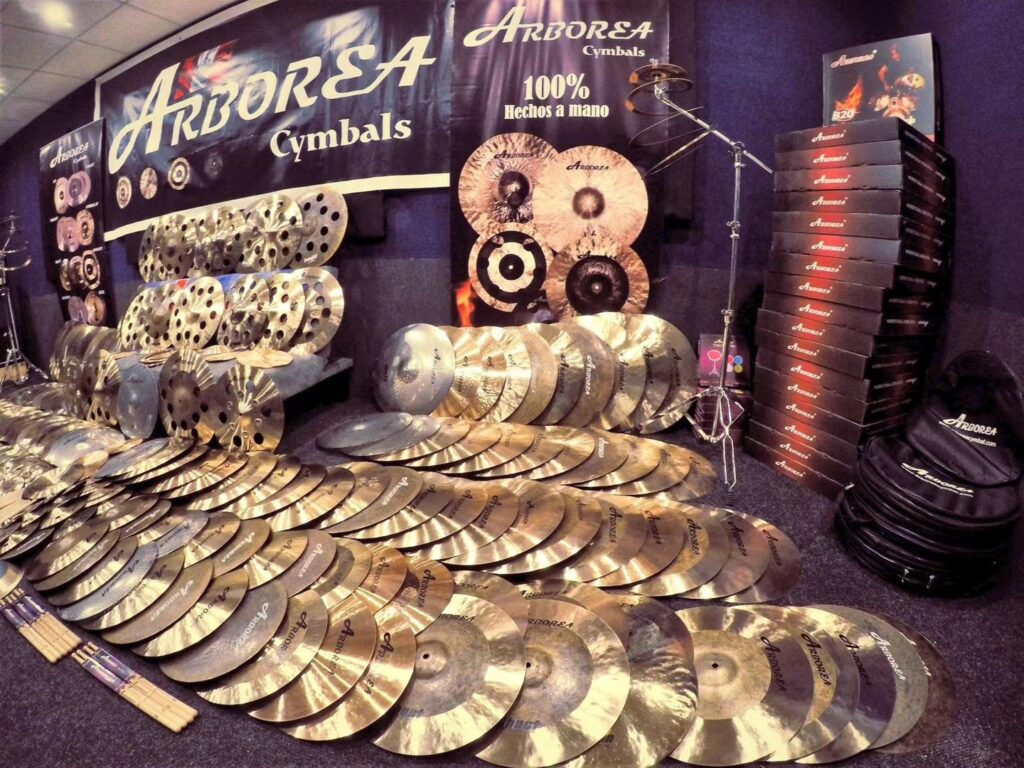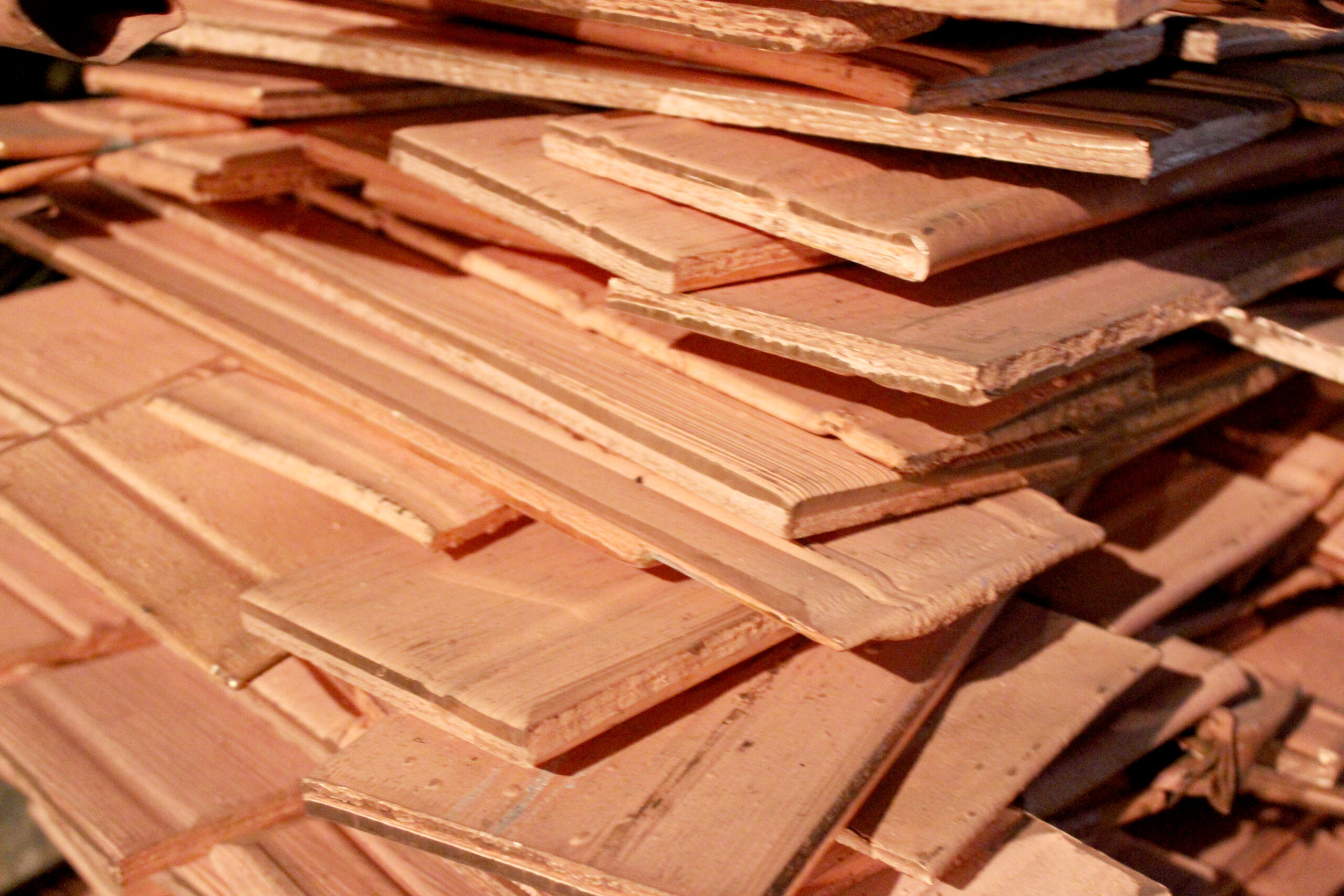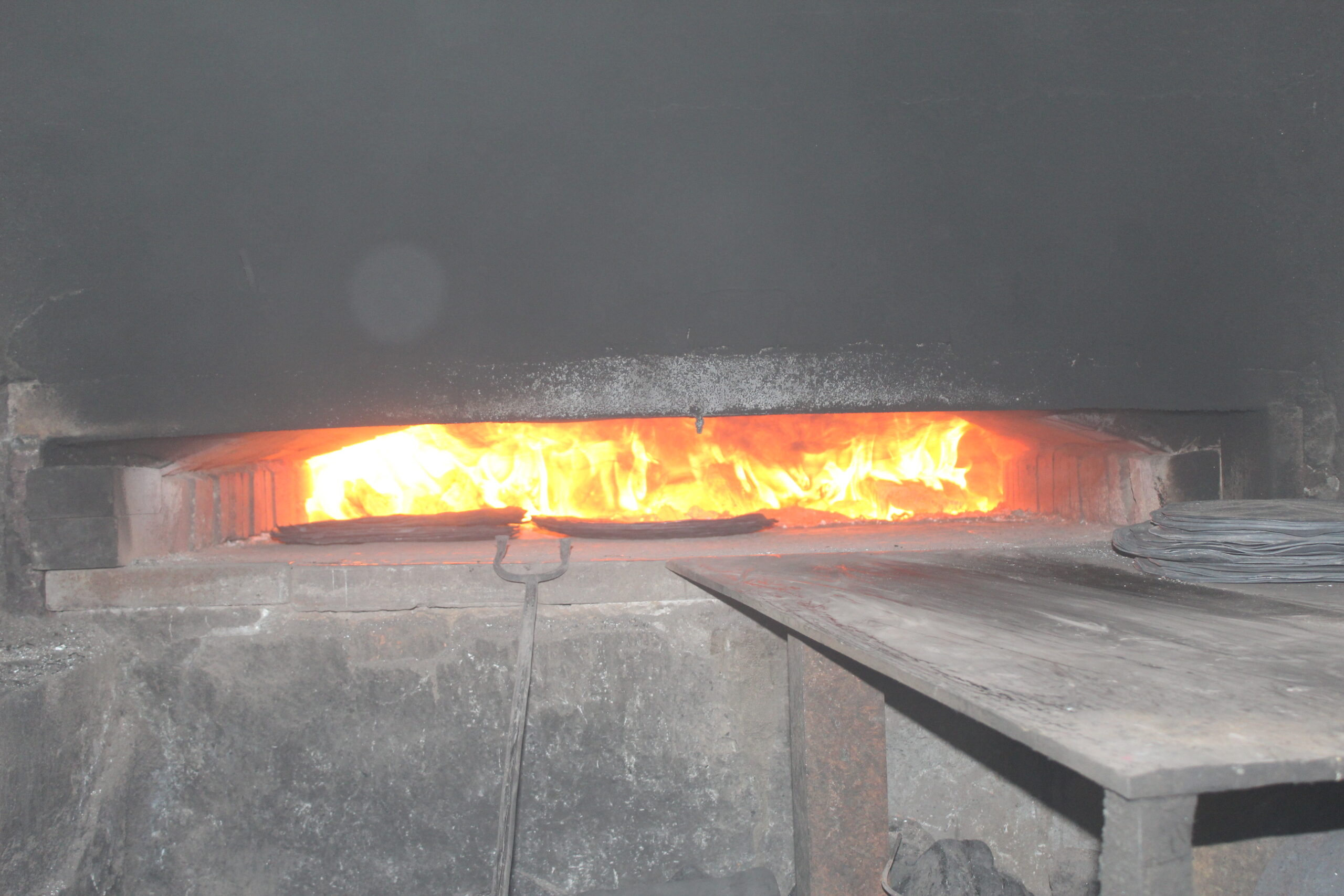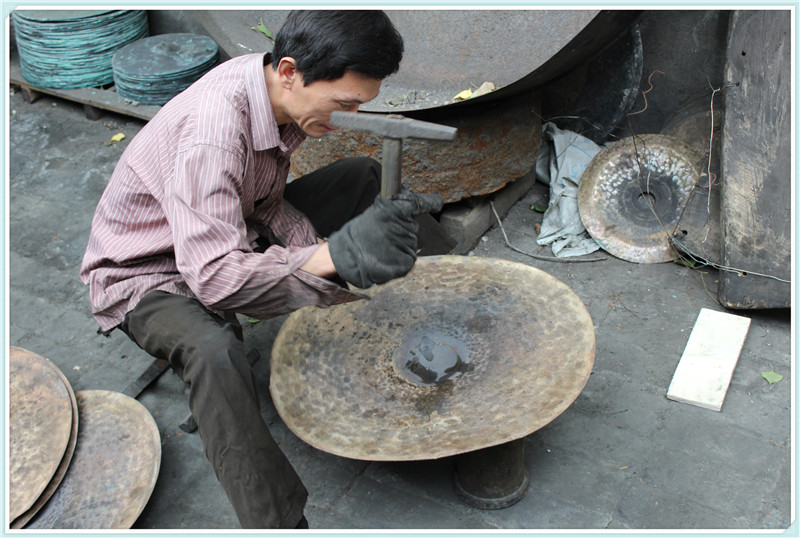Expand your rhythmic horizons with our 12-Inch Rubber drum pad. Designed for rich tones and expressive playability, this drum offers drummers and percussionists an immersive and versatile instrument to explore diverse rhythmic patterns and textures.
$9.25
Our 12-Inch Rubber drum pad exemplifies our commitment to providing musicians with high-quality and reliable percussion instruments. This drum is specifically crafted with a 12-inch diameter rubber head, producing a resonant and well-rounded sound. Crafted with premium rubber material, our drum pad ensures excellent durability and responsiveness, allowing for nuanced and dynamic playing techniques. The drum’s robust build guarantees longevity, making it suitable for frequent use and extensive performances. Designed for versatility, our 12-Inch Rubber drum pad can be played with hands, mallets, or brushes, offering drummers a broad spectrum of tonal colors and expressive possibilities. It is an ideal instrument for solo performances, ensemble settings, or studio recordings. Visually, our 12-Inch Rubber drum pad showcases a professional and contemporary design, reflecting its focus on performance and aesthetics. The drum’s balanced weight and ergonomic features contribute to comfortable playability and optimal projection. Investing in our 12-Inch Rubber drum pad is about elevating your rhythmic expression and exploring new realms of percussion artistry. Whether you’re an experienced drummer or an aspiring percussionist, this drum opens up endless creative avenues in your musical journey. Experience the richness and versatility of our 12-Inch Rubber drum pad, and let your rhythm resonate with depth and expression. Embrace the potential of this immersive percussion instrument and captivate your audience with its resonant and diverse sound.



Fanjia Vililage, Shuizhai Town, Zhangqiu City, Shandong, China





We will contact you within 1 working day, please pay attention to the email